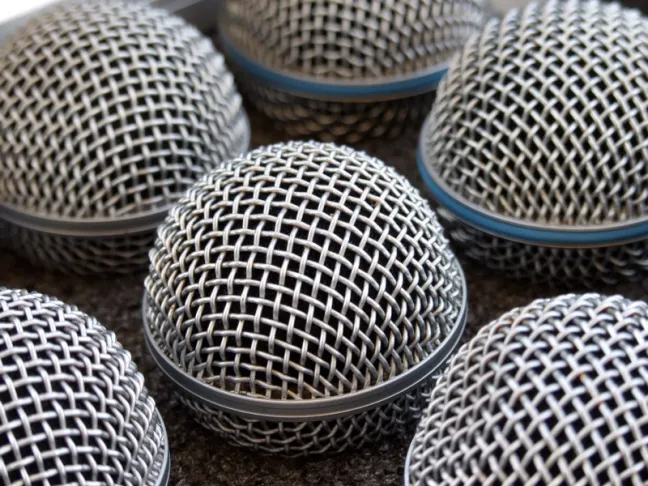The Case For Multiple Low Cost Microphones
Feb 21, 2014I know it’s tempting to want to put all of your money towards one really nice microphone. The logic goes like this: if you are recording everything one instrument at a time, you can use that same nice microphone on every track. It’s almost like you had a bunch of really nice microphones that you used to capture the entire band. What I’m about to tell you turns this whole idea upside down.

Via Oreste Pantegani Flickr
How To Avoid “Sameness”
Last month I was in Los Angeles for the winter NAMM show. At one point in the show there was a Q&A session with Joe Barresi (Soundgarden, Queens of the Stone Age) who is one of my favorite rock mixers out there. Someone asked him a question about recording, and he answered with this little nugget:
I’d rather have two or three different sounding microphones on a recording project, even if they were really cheap, than only one microphone for everything. – Joe Barresi
He went on to describe the idea of recording everything through one mic gives a “sameness” to the tracks. And speaking to primarily a lot of home recording enthusiasts, he suggested that they at least pick up one additional mic that sounds totally different.
Why Buy One Mic When You Can Buy Two?
His point is super valid. The goal of a great mix is to have separation and clarity of each instrument. This doesn’t happen only with EQ plugins during the mix, but in the recording phase. And which microphones you choose to use can help shape that sound getting you closer to the final clarity you desire.
So it begs the question: why put all your eggs into one basket (i.e. one kind of expensive microphone) when you could spread them out over 2 or 3 more affordable mics with very different sonic imprints? You’d get a lot more control and sonic options for the same money, and it will only make your mix come together faster.
A Practical Example
Let’s put together a practical but hypothetical example of what I’m suggesting. John Doe wants to buy a really quality microphone for his home studio so he can start making some serious recordings. He has a budget of $300 and he’s considering buying a Blue Bluebird condenser mic. Great choice.
But, with the Bluebird he will only have one sound. One sound for his vocals, acoustic guitars, electric guitar amps, strings, drums, percussion, you name it. Another option for John is to take his $300 budget and instead purchase two microphones: a Blue Spark ($200) and a Shure SM57 ($100). In this scenario, John would have another fantastic condenser microphone (made by the same company as the Bluebird) and then a totally different sounding microphone, a dynamic to be exact.
On one level, John has clearly doubled his mic locker for the same amount of money. That’s cool. But on a sonic level he now has way more options for tone shaping his tracks. He can now better match his instruments to microphones and begin carving out unique sounds for each track.
If You Had To Choose
In a perfect world (one in which money is no object), you could buy whatever mics you wanted and have them all at your disposal. You’d have a killer sonic arsenal at your disposal. Cool!
But we live in the real world, one dictated by budgets. So we have to make smart decisions. We have to choose. And in most peoples’ cases, the choices are between two affordable microphones or one more expensive microphone. Given that choice, I would take the two affordable microphones in a heartbeat, assuming they sound very different from each other.
Discover The 6 Steps for Creating a
Radio-Ready Song from Scratch"
Enter Your Email Below To Receive The Free 17-page PDF,
"6 Steps To A Radio-Ready Song"
We hate SPAM. We will never sell your information, for any reason.

